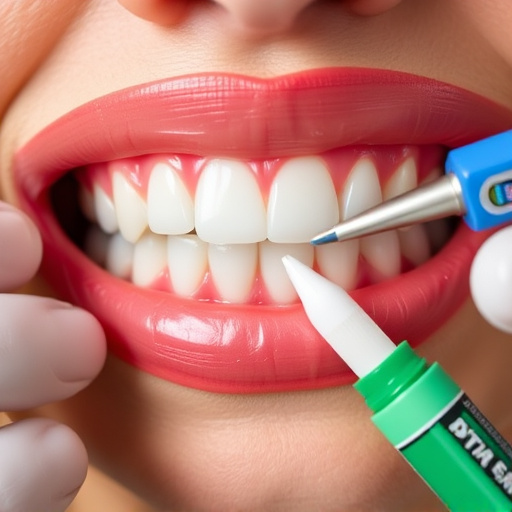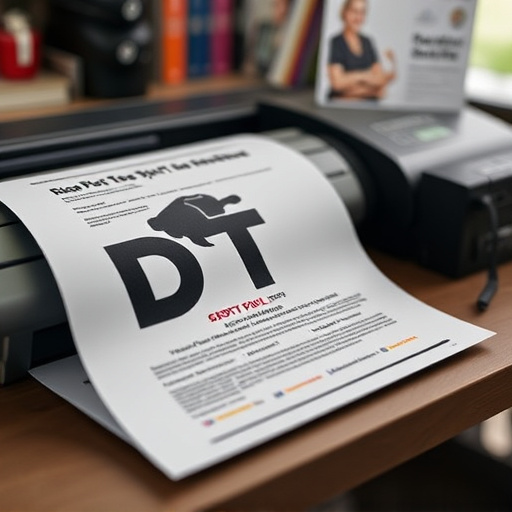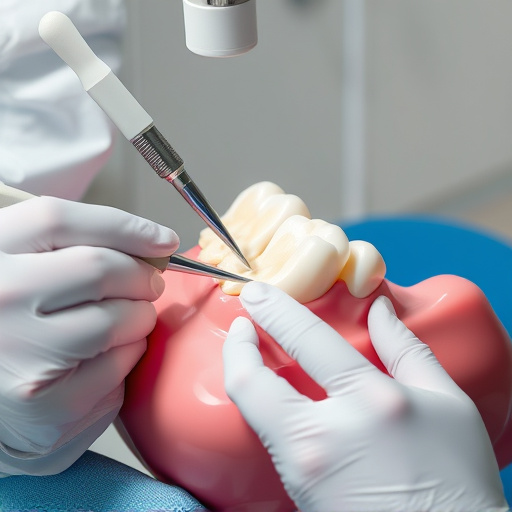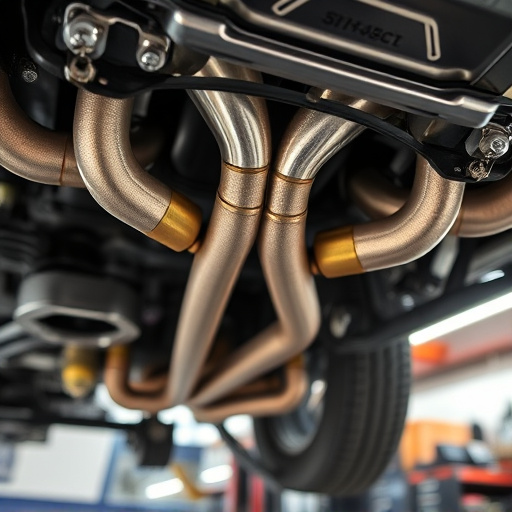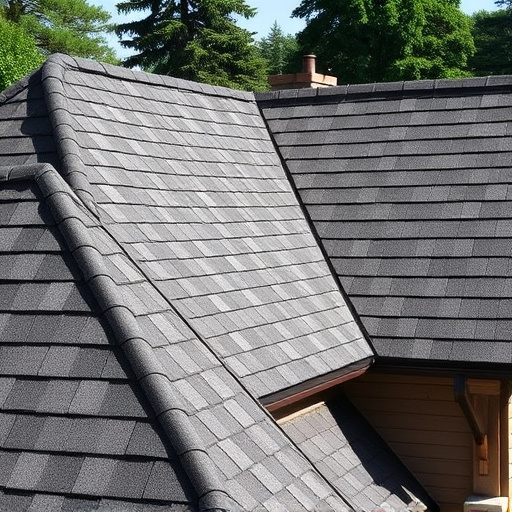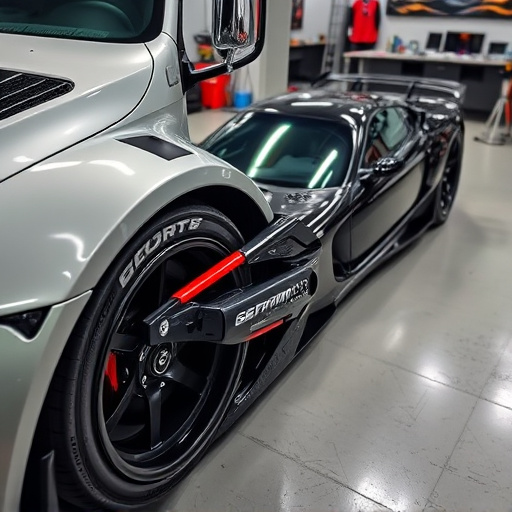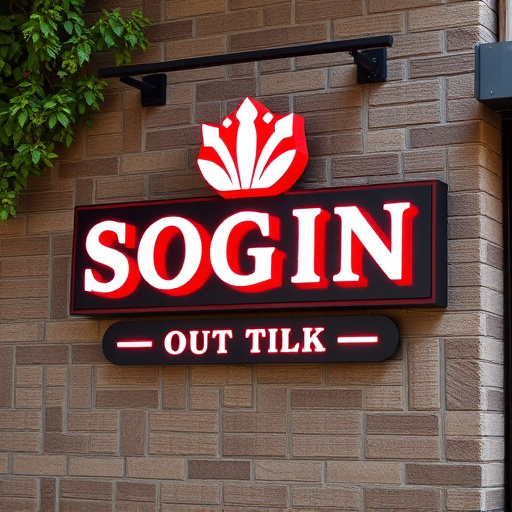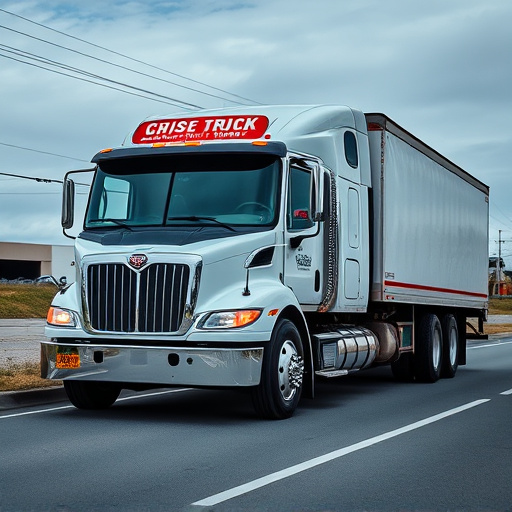Vehicle decal installation success hinges on humidity balance: high humidity weakens adhesives causing peeling, while low humidity enhances adhesion. For optimal results, car customizers must consider environmental factors and employ proper techniques, including strategic surface prep, suitable adhesive systems, and primers to ensure durable bonds and flawless finishes in any climate.
Humidity can significantly impact the adhesion of vehicle decal installation, affecting both the application process and long-term durability. This article delves into the intricate relationship between humidity and adhesive properties, providing insights for professionals and enthusiasts alike. We explore the science behind decal installation, revealing how moisture in the air interacts with the materials used. Additionally, we offer practical strategies to ensure optimal adhesion, even in humid environments, ensuring your vehicle graphics remain vibrant and intact.
- Understanding Humidity and Its Impact on Adhesion
- The Science Behind Vehicle Decal Installation
- Strategies for Optimal Decal Adhesion in Humid Environments
Understanding Humidity and Its Impact on Adhesion
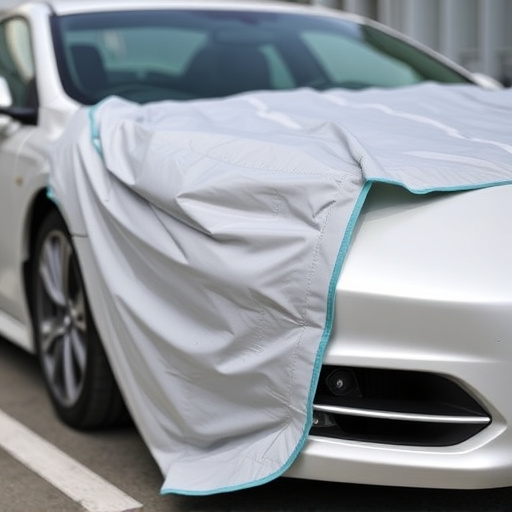
Humidity plays a significant role in determining the effectiveness of vehicle decal installation. It refers to the amount of water vapor present in the air, and even minor fluctuations can have noticeable effects on various materials’ properties, including adhesives used for vehicle wraps or custom vehicle decals. When humidity levels are high, moisture from the air can interfere with the adhesive’s ability to bond with the car’s surface, leading to reduced adhesion. This is because water vapor weakens the chemical bonds that hold the decal in place, making it more susceptible to peeling off during normal use.
On the other hand, low humidity levels create conditions favorable for better adhesion. With less moisture in the air, the adhesive can form stronger connections with the car’s surface, ensuring longer-lasting and more vibrant custom vehicle wraps or decals. This is particularly important for those involved in car customization, as it means that proper installation techniques and consideration of environmental factors are crucial to achieving long-lasting results.
The Science Behind Vehicle Decal Installation
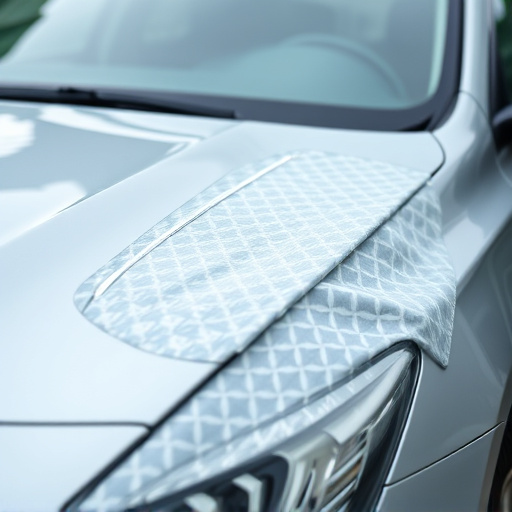
The process of installing vehicle decals involves a precise science to ensure optimal adhesion and long-lasting results. It begins with understanding the chemical properties of both the decal material and the car’s surface. Vehicle decals are typically made from vinyl or similar materials that contain adhesives designed to stick firmly to various surfaces. During installation, heat is often applied to activate the adhesive, allowing it to form a strong bond with the car’s paintwork. This requires skill and attention to detail, as improper application can lead to bubbles, wrinkles, or poor adhesion.
A key factor in successful vehicle decal installation is controlling environmental conditions, especially humidity levels. High humidity can interfere with the adhesive process by reducing surface tension and affecting the chemical reaction between the decal and the car’s paint. Conversely, low humidity might cause the adhesive to dry too quickly, leading to air pockets and an uneven finish. Maintaining optimal humidity levels ensures that the adhesive sets correctly, providing a durable bond that offers protection against scratches and enhances the overall look of car customization, resulting in high-quality finishes.
Strategies for Optimal Decal Adhesion in Humid Environments
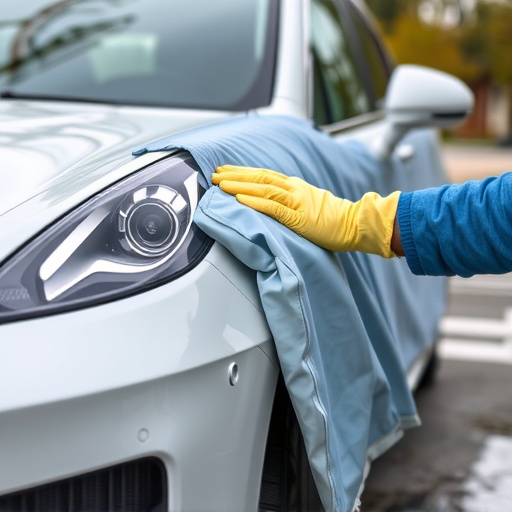
In humid environments, achieving optimal adhesion for vehicle decal installation requires a strategic approach to counteract moisture’s adverse effects. One effective method is to ensure proper surface preparation; cleaning and decontaminating the car’s exterior thoroughly before applying decals is crucial. This involves using dedicated cleaning solutions and microfiber cloths to remove contaminants, dirt, and any residue that might hinder adhesion.
Additionally, professionals recommend using high-quality adhesive systems designed for challenging conditions. These advanced adhesives are formulated to withstand humidity and provide strong bonds. For instance, many experts in vehicle wraps and professional PPF (Paint Protection Film) installation suggest applying a primer or a specialized bonding agent to enhance adhesion. Window tinting services also benefit from these strategies, ensuring that the film adheres securely even in moist climates.
In conclusion, understanding how humidity affects vehicle decal installation is key to achieving optimal adhesion. By grasping the science behind decal application and employing strategies tailored for humid environments, professionals can ensure long-lasting and visually appealing results. These insights empower technicians to navigate challenging conditions, providing durable solutions for every customer’s needs.
